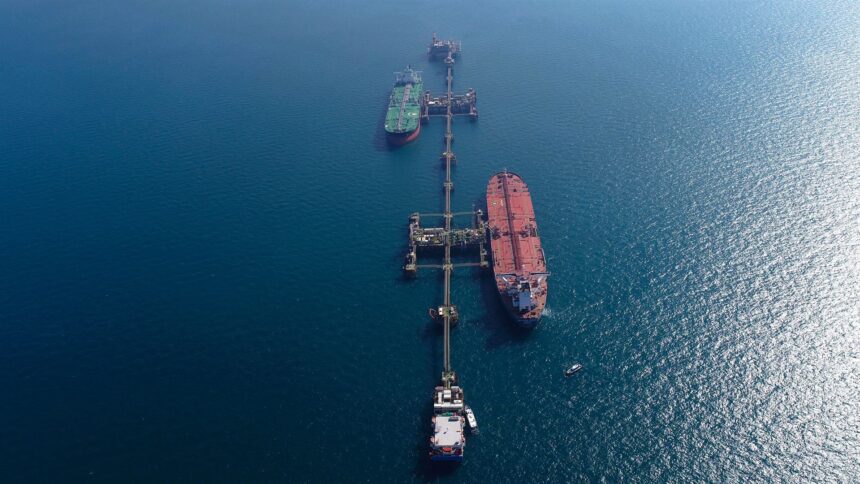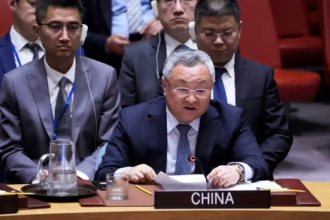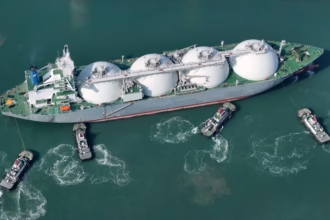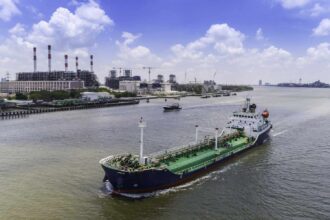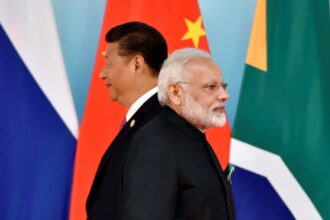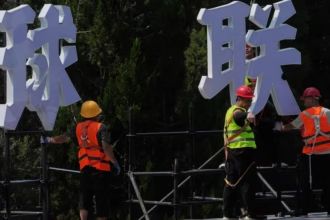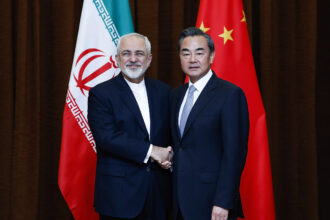China is the world’s largest oil importer, bringing in over 10 million barrels per day to meet its vast energy demands. To secure stable, long-term supply, China sources crude oil from a diverse group of countries — balancing geopolitical interests, pricing, and regional stability.
Here are the major oil suppliers for China:
🇷🇺 Russia
Top supplier since 2023, Russia has become China’s biggest source of crude oil, especially after Western sanctions redirected Moscow’s exports eastward. Russian oil is often sold to China at discounted rates, and the two countries have strengthened energy cooperation through pipelines like the Eastern Siberia–Pacific Ocean (ESPO) route.
🇸🇦 Saudi Arabia
China’s longtime strategic partner, Saudi Arabia remains a key supplier through long-term contracts. The state-owned giant Aramco ships millions of barrels each month, and both countries have engaged in joint refining and petrochemical investments.
🇮🇶 Iraq
Iraq is one of the top Middle Eastern exporters to China, offering competitive pricing and consistent supply. Chinese state-run firms have also invested in Iraqi oil fields, ensuring a steady production stream.
🇦🇪 United Arab Emirates
Though smaller in volume compared to Russia and Saudi Arabia, the UAE plays a growing role in supplying China, particularly through Murban crude, which is favored for its light, sweet qualities.
🇲🇾 Malaysia & Asia-Pacific Blends
Some of the oil labeled as Malaysian actually includes blended Russian barrels, re-exported through intermediaries. Malaysia remains an important player in terms of logistics and spot-market deals.
🇧🇷 Brazil
As part of China’s diversification strategy, Brazilian crude — especially heavy oil from Petrobras — plays an increasing role. Brazil offers a politically stable, non-Middle East supply.
🇮🇷 Iran (Unofficially)
Although under U.S. sanctions, Iran continues to export crude oil to China through shadow fleets and discreet transactions, often at heavy discounts. These imports are often reclassified in customs data.
🇦🇴 Angola
A long-term African partner, Angola remains one of China’s core suppliers, although its volumes have declined slightly in recent years. Chinese companies have invested in Angolan infrastructure and energy development.
Summary Table
| Country | Key Role/Advantage |
|---|---|
| Russia | Discounted oil, pipeline access |
| Saudi Arabia | Long-term contracts, political ties |
| Iraq | Competitive pricing, Chinese field access |
| UAE | Premium light crude (Murban) |
| Malaysia | Blended logistics hub, Asian coordination |
| Brazil | Heavy crude, non-Middle East diversification |
| Iran | Sanctioned supply via gray channels |
| Angola | Historic African partner, infrastructure ties |
Final Thought
China’s oil sourcing strategy is deliberately diversified to reduce risk and ensure energy security. By maintaining relationships with both sanctioned states and long-standing partners, China positions itself as a flexible, pragmatic buyer in a volatile global market.

